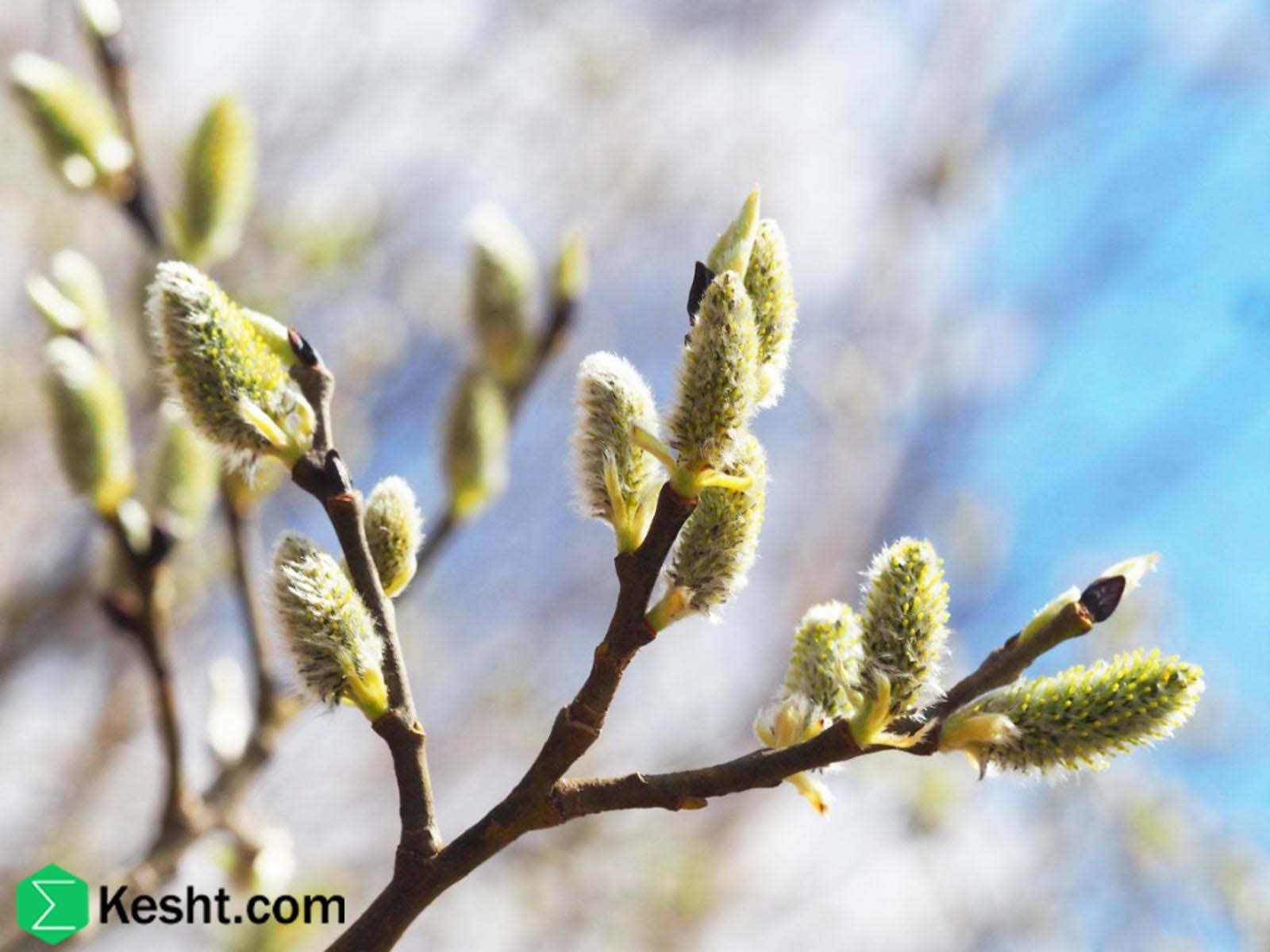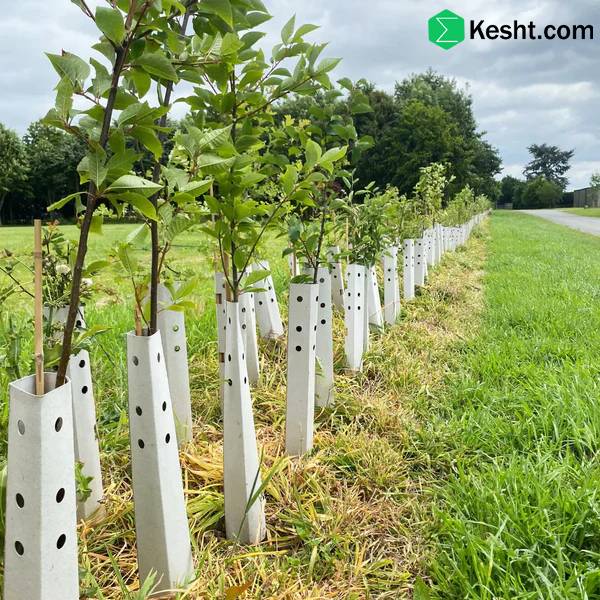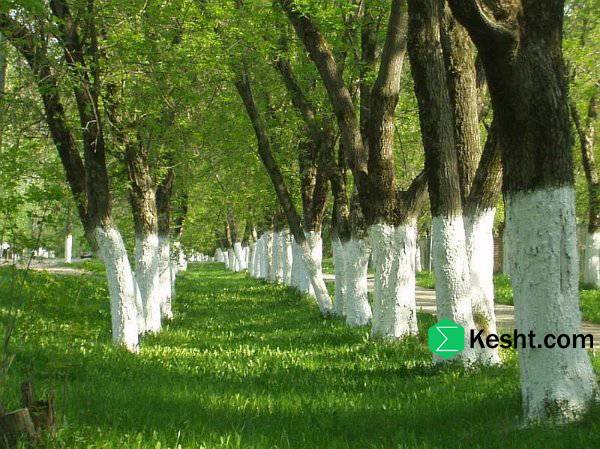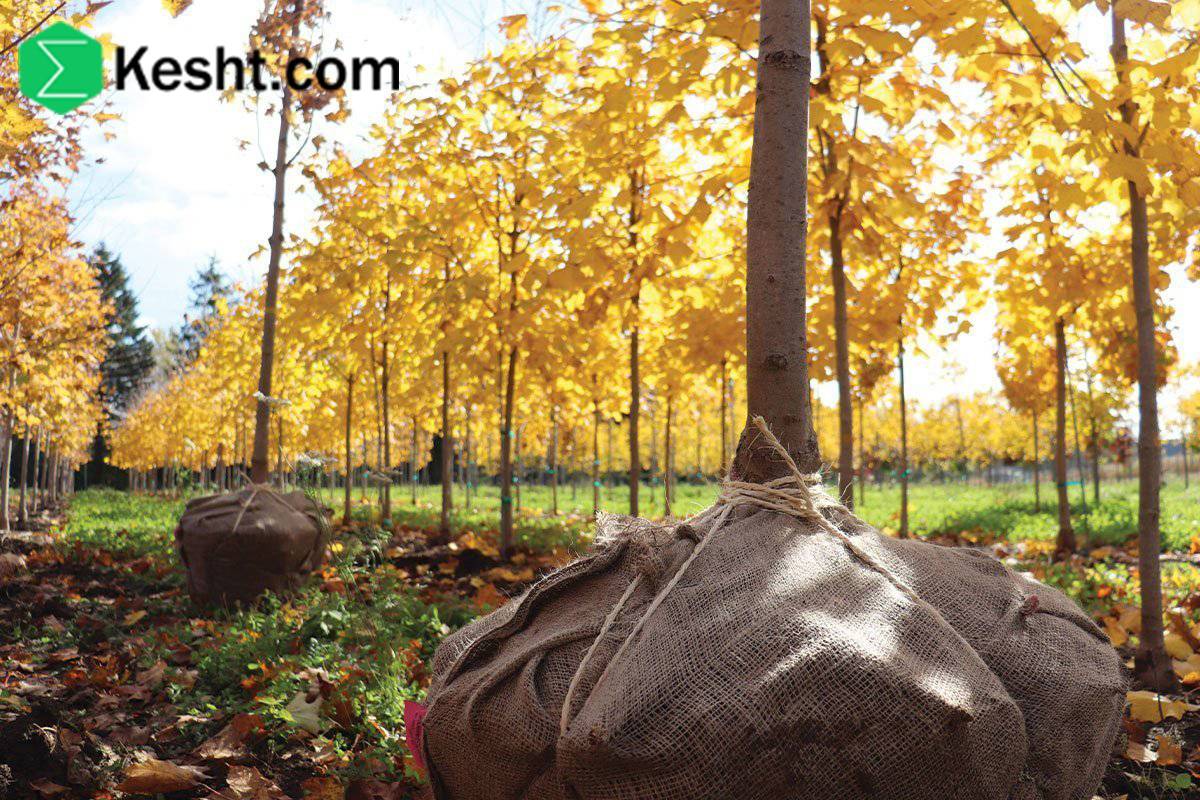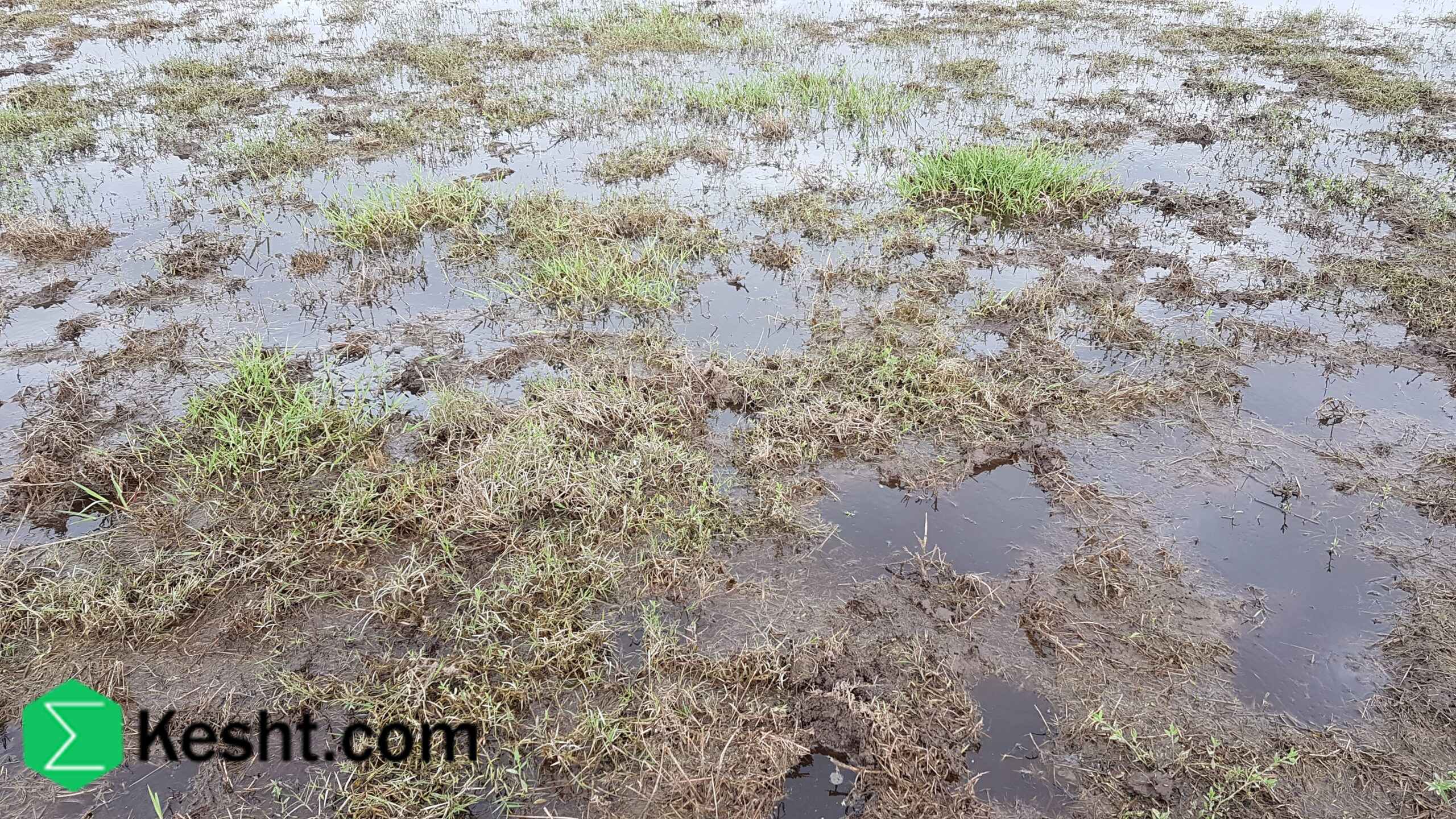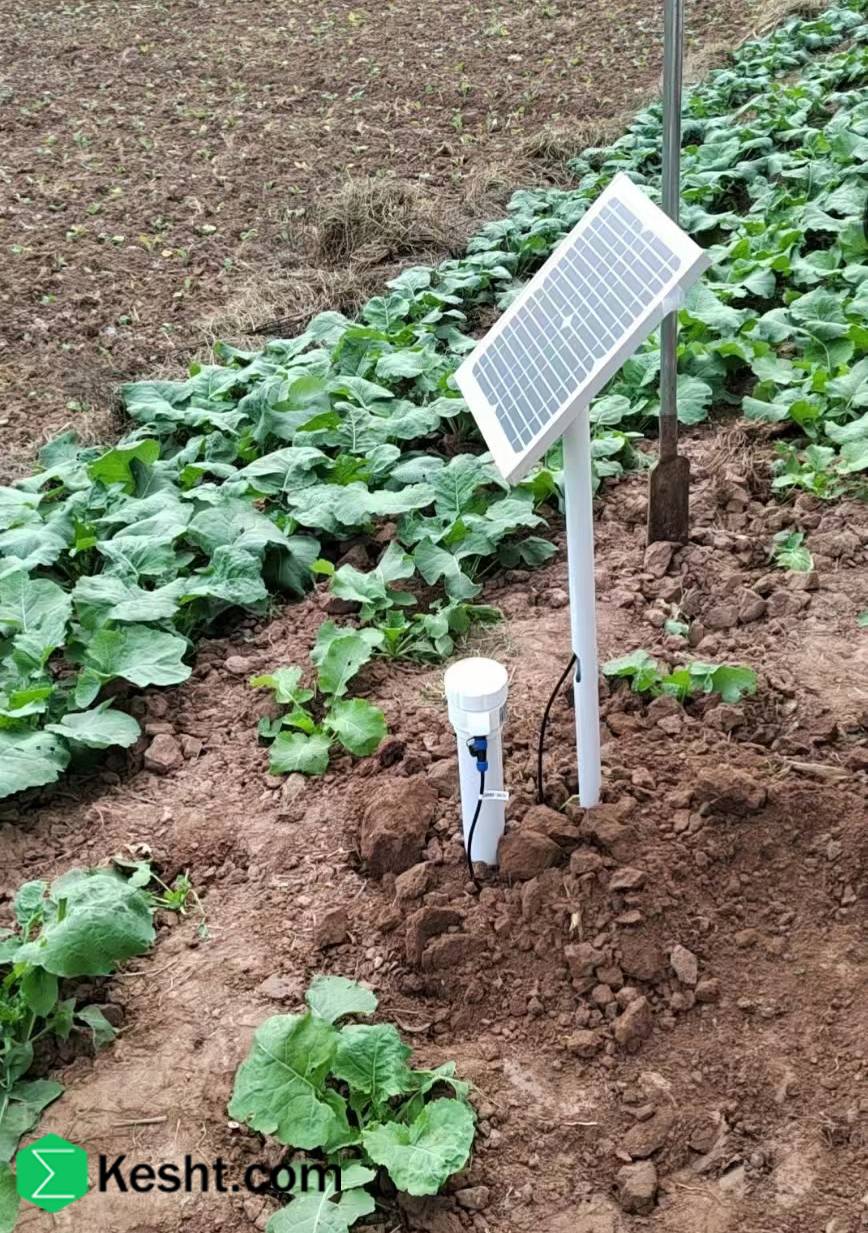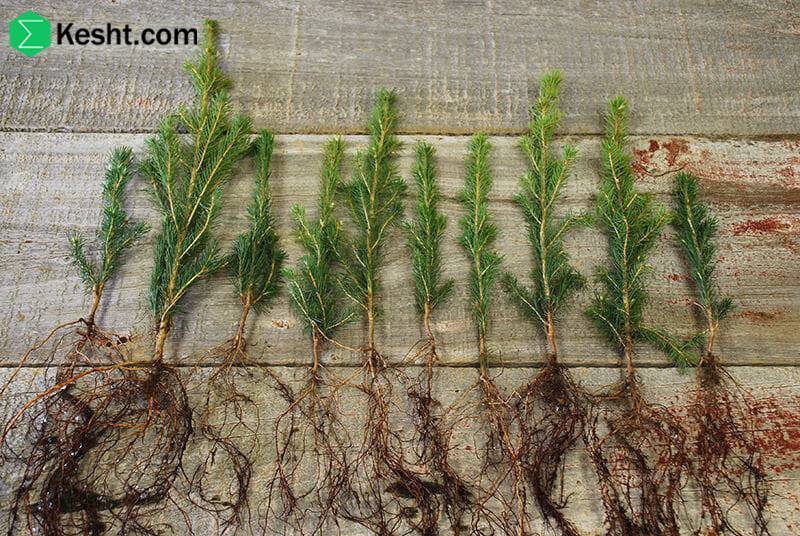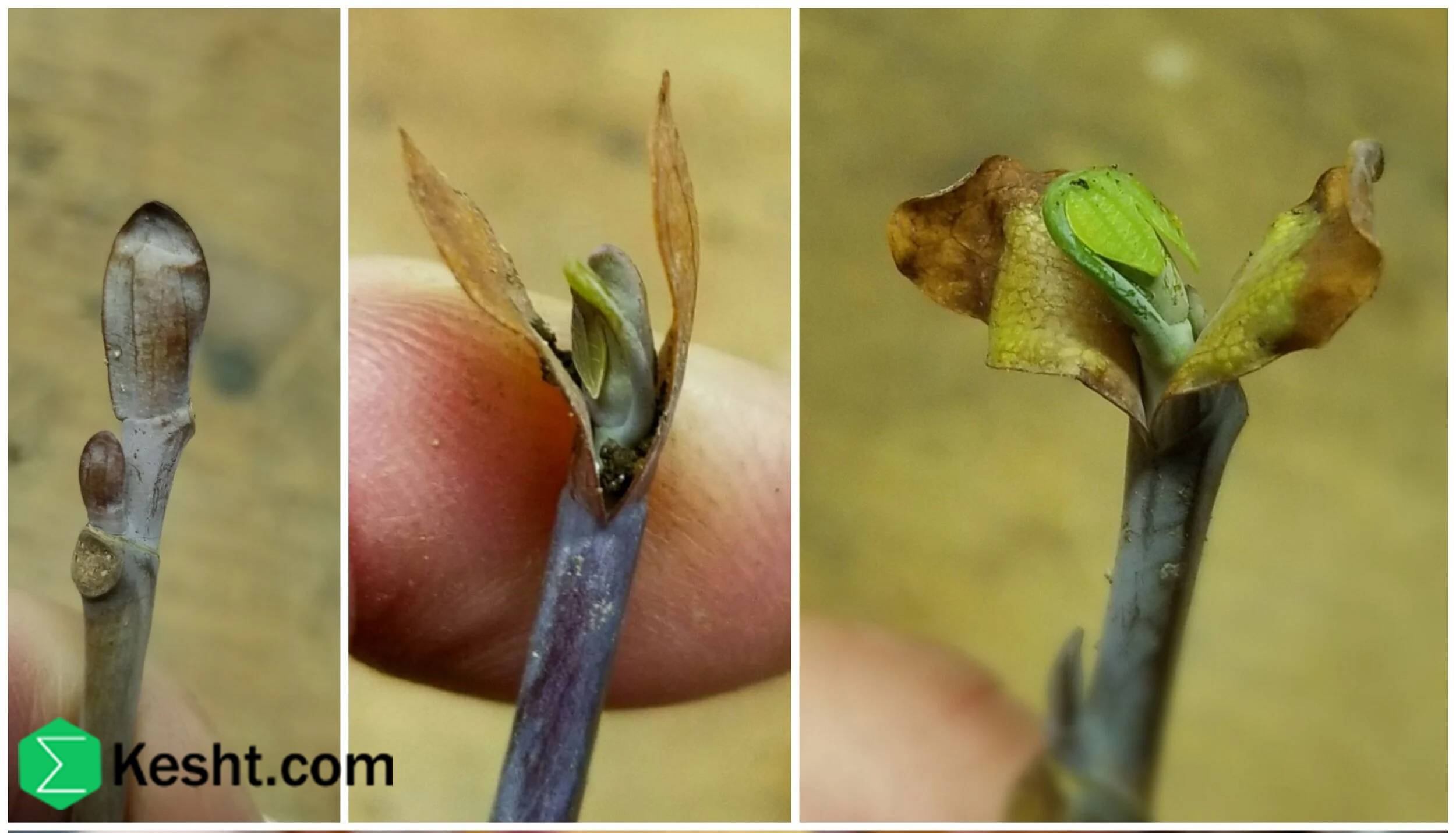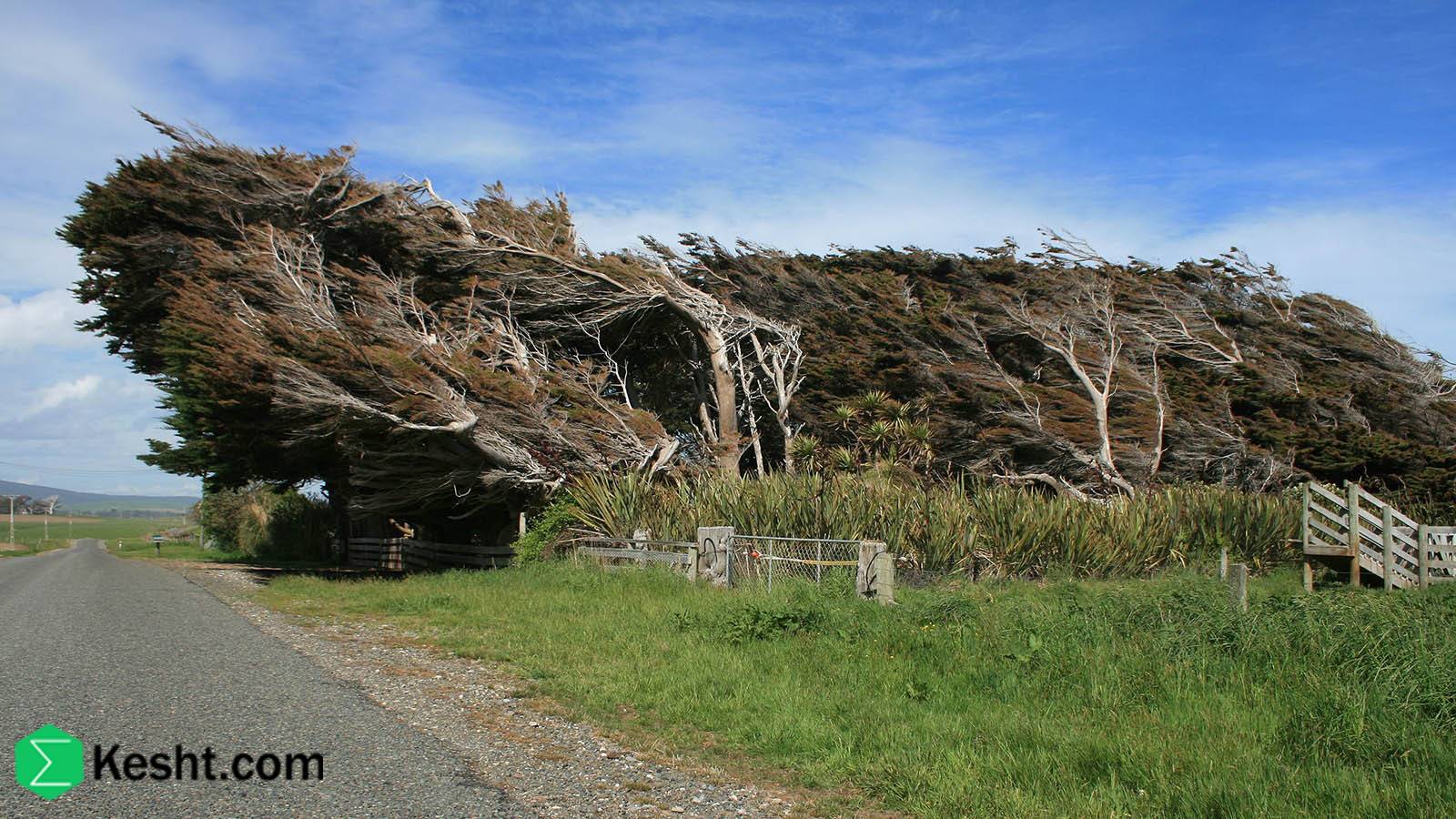Plant dormancy: what it is, why it happens, and how to care for dormant plants
Overview
Dormancy is a natural stage in many plants’ life cycles when growth and metabolism temporarily stop or slow sharply. It’s a survival strategy that helps plants ride out harsh conditions such as winter cold and frost, extreme summer heat, or drought. When conditions improve, the plant “wakes up” and resumes a new growth cycle.
Why plants enter dormancy
1) Climate and weather
- Cold (winter dormancy): In temperate regions, shorter days and falling temperatures trigger leaf drop and growth stoppage in deciduous trees (e.g., apple, maple, oak) to avoid freeze damage.
- Heat and drought (summer dormancy): In hot, arid areas, some plants go dormant to cope with water scarcity and intense heat.
2) Internal factors
- Hormonal control (part of the plant’s natural life cycle), including increased abscisic acid (ABA) that promotes dormancy.
What happens during dormancy
- Growth stops: No new shoots, leaves, or roots are produced.
- Metabolism slows: Energy and water use drop to a minimum.
- Leaf drop: Deciduous plants shed leaves to reduce water loss and frost injury.
- Energy storage: Carbohydrates are stored in roots, bulbs, or underground stems for use in the next growing season.
Care during dormancy
- Reduce watering: Needs are much lower; overwatering can cause root rot.
- Do not fertilize: Plants cannot use nutrients now; fertilizing may harm roots.
- Provide required chilling: Some species need a cool period (chilling requirement) to break dormancy and bud properly in spring.
- Environment: Keep conditions cooler with bright, indirect light for many species (often 10–15°C).
When growth resumes
With warmer temperatures, longer days, and higher ambient moisture, dormant buds re‑activate and the new growth cycle begins.
Dormancy in brief
Dormancy is the period when a plant naturally slows or stops growth to conserve energy and survive environmental stress (cold, drought, low light).
What triggers dormancy?
- Shorter day length and reduced light
- Lower temperatures or prolonged dryness
- Hormonal changes (e.g., increased ABA)
- Environmental stress or nutrient limitation
Types of dormancy
- Endodormancy (internal): A hormonal “lock” within buds; they won’t open even if conditions are good until the internal requirement is met (often chilling).
- Ecodormancy (environmental): Imposed by external conditions (cold/dry); growth resumes when conditions improve.
- Paradormancy: Other plant parts (e.g., a dominant shoot tip) suppress bud break (apical dominance).
Common signs
- Halted growth; smaller new leaves or none at all
- Yellowing and leaf drop in deciduous plants
- Lower water consumption than in the growing season
- Buds remain firm and closed
Care checklist during dormancy
- Watering: 50–80% less than in active growth. Let the soil surface dry before watering; for cacti/succulents, sometimes every 3–4 weeks or less.
- Temperature and light: Cooler, bright‑indirect conditions; for many plants 10–15°C is suitable.
- Fertilizer: Stop until growth restarts.
- Pruning/repotting: Light removal of dry leaves only; leave major pruning and repotting for spring.
- Restarting: As days lengthen, gradually increase watering; resume fertilizer at half strength, then adjust.
Examples
- Cacti and succulents: Winter dormancy; very sparse irrigation, 8–15°C.
- Bulb plants (hyacinth, tulip, daffodil, amaryllis): After flowering, allow leaves to yellow fully; many require an 8–12 week cool/dry period to trigger next bloom.
- Deciduous trees and fruit crops: Specific chilling requirements for uniform spring budbreak; main pruning and nutrition at late dormancy/early bud swell.
- Some tropical houseplants (e.g., Alocasia): May semi‑dorm; keep the mix slightly moist and temperatures above ~18°C.
Is it dormant or damaged?
- Scratch test: Gently scrape a small spot on the stem—green tissue underneath means it’s alive.
- Roots: Healthy roots are white/cream and firm; black, foul‑smelling roots indicate rot.
- Buds: Plump, firm buds—even if they don’t open yet—suggest dormancy, not death.
